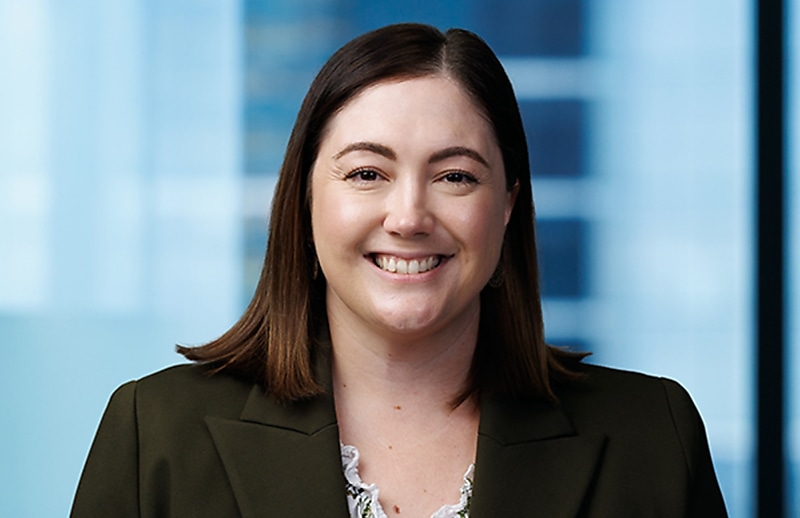Service entities such as medical and allied health practices should begin examining their payment structures and arrangements following the significant shift in the payroll tax landscape last year, according to Cooper Grace Ward Lawyers partner Sarah Lancaster.
Revenue offices across various states released payroll tax rulings last year which had implications for how payroll tax applies to businesses such as medical practices.
The Queensland government announced a new revenue office ruling in September last year clarifying that fees paid directly to a GP for their services would not be subject to payroll tax.
Other states have provided a pause in audits or amnesty to prevent practices from having to close or increase fees due to a new interpretation of the law. These amnesties end at different points, with South Australia’s set to end on 30 June 2024, followed by the NSW amnesty in early September.
Lancaster said while much of the discussion about the recent payroll tax rulings has been focused on medical and allied health practices, these rulings impact any business operating a service entity structure.
“This is where you have an entity that provides services to a practitioner. So if we take your common GP example, the GP will be seeing patients and providing medical services to the patients and you’ll typically see a structure where the service entity will provide services to that GP,” said Lancaster.
“Those services will include things like the lease for the premises and any nursing staff or admin staff that are providing services. So, there’s a distinction between the GP that’s carrying on their practice and seeing patients and the service entity who’s providing services to that GP to assist in the practice.”
Lancaster explained that historically the profession understood that these types of arrangements would sit outside the payroll tax net.
“The basis for that was that there were no services being provided by the GP to the service entity,” she said.
Following the outcome of the Optical Superstores and the Thomas and Naaz cases, the profession is now questioning that flow of services and if that happens, she explained.
“It can be really tricky for advisers because these cases often depend on the facts and it depends on the business and every year there may be differences in the way that GP practices operate.”
“[For example], there are significant differences between a GP who’s seeing patients versus an anaesthetist or specialist whose referrals are coming in from GPs who are then seeing patients.”
Advisers must examine details of how the practice operates and how the doctor or specialist is operating their practice to get to the bottom of the payroll tax issues, she explained.
Often these service entity arrangements involve the service entity collecting all the patient fees which all go into a centralised bank account or a central pool of fees.
“The doctor will pay a fee for the services that the service entity provides. Historically we saw a lot of mechanisms where their service entity would keep that fee from the patient collected in the pool of patient funds and then pay then remit the balance of that fee to the doctor,” she said.
“That payment of the fee is where the taxable wages amount comes into play but the question is whether or not that that amount, or that payment from the service entity to the doctor, is taxable wages under the relevant contract or the contractor provisions under each of the states’ payroll tax legislation.
“It can be a tricky factual situation to drill down into what that payment is for and whether or not that is for services.”
In Thomas and Naaz, Lancaster said the critical finding was that whilst the doctors were seeing patients and providing services to those patients, they were also providing services to that practice entity.
“That was critical because when the practice entity remitted some funds back to the doctor, there was a finding made that the payment back to the doctor was for the services that the doctor was providing to the practice entity or the service entity,” she said.
Lancaster said this is the key risk accountants should look out for in these arrangements.
“Clients need to be reviewing their arrangements. Certain clients don’t have written agreements that document the arrangements that they have between their service entity and the practitioners carrying on the business, for example,” she said.
“At a very base level, we need to be making sure that we have the evidence to show how the arrangements work and what happens in practice.”
It’s also important to look at how the business operates and whether their documents are consistent with that.
“I’ve come across financials where the practice or service entity has been collecting the patient funds and remitting them back to the doctors and in some cases that payment back to the doctors has been included as a contractor expense in the financials,” said Lancaster.
“If you’re operating under a true service entity model, it’s just not the case. So, make sure the financials are consistent with whatever model is in place.”
It is also important that GP clinics that haven’t previously been registered for payroll tax but will now need to pay it are registered for payroll tax, she added.
Lancaster also stressed it’s important that practices meet all the requirements of the amnesty such as making voluntary disclosures, registering for payroll tax and complying with any other requirements to ensure that the amnesty applies historically.
“A key takeaway is that the clients need to get advice about how to best manage any historical risk and what they can do moving forward,” she said.
“It’s really important that we’re talking to clients and making sure that they’re facing this head-on because I think it’s just such a high audit risk moving forward.
“When all these amnesties finish and when the temporarily ceased audit activity starts back up again it will only make issues worse. You’re going to have bigger interest liabilities, late payment interest liabilities and potential penalty tax consequences – all of those issues will only compound further.”
Sarah Lancaster will shed further light on payroll tax issues impacting service entities and other audit risks in payroll tax in her upcoming session at the ACE24 Accounting Conference and Expo 2024.
It will be held on Thursday, 20 June 2024 at Hyatt Regency, Sydney.
Click here to buy tickets and don’t miss out!
For more information, including agenda and speakers, click here.

 Login
Login







